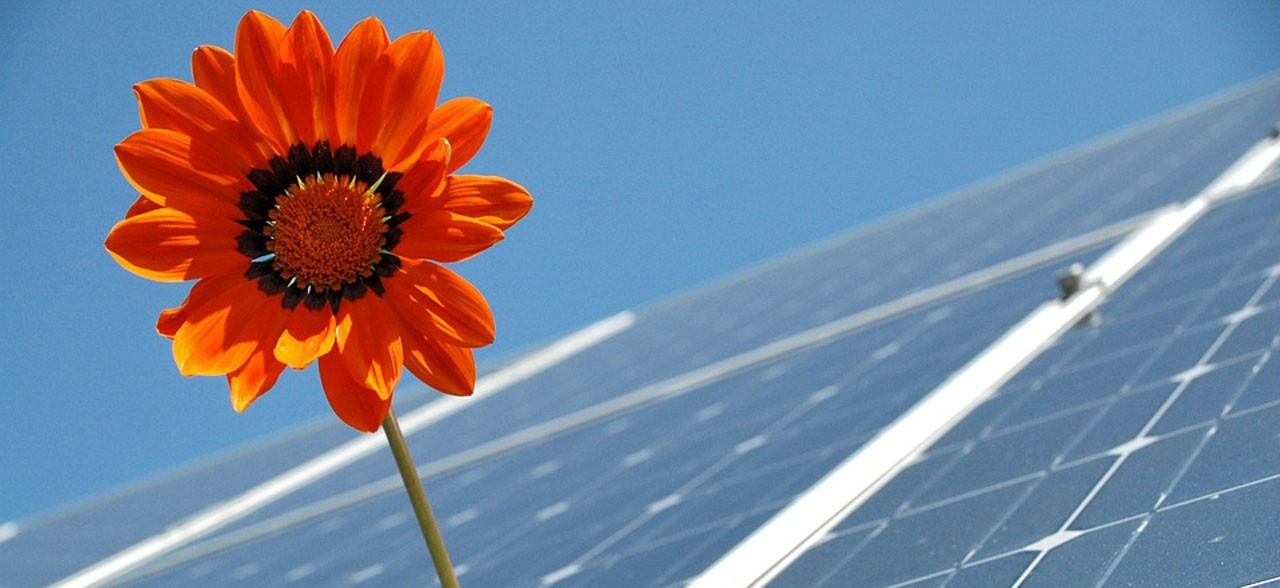Enel Green Power North America and the National Renewable Energy Laboratory will conduct a three-year research program at the Aurora solar project in Minnesota. It’ll be a cutting-edge study to see how careful vegetation management at solar sites can benefit the environment, biodiversity, cultivation and electricity generation.
On February 17, Enel Green Power North America and the U.S. Department of Energy’s National Renewable Energy Laboratory (NREL) signed a collaborative research agreement to study vegetation selection and management best practices underneath utility-scale solar infrastructure.
The aim of the research program is to identify sustainable vegetation growing practices creating shared benefits to the solar project and to agriculture in the area surrounding the facility through pollinator-friendly practices.
In parallel, the research will also evaluate microclimate conditions, soil characteristics, soil carbon cycling and the impacts of vegetation on the project's energy output.
“This partnership is laying the foundation for how solar projects can create additional shared value and benefits for co-locating solar and agriculture.”
By working together with NREL we hope this ground-breaking research will prove how native vegetation management programs at solar sites can deliver long-term environmental and soil quality benefits, increase pollinator plant habitat to address honey bee population decline, while also improving the overall energy generation performance of the site itself.
The research project will be conducted over a three-year period beginning in the Spring of 2018 and will be carried out across three of the 16 sites that make up the 150 MW of the Aurora solar project in Minnesota.
By including multiple test sites, NREL will be able to monitor how different seed and soil types affect growth across different eco-regions. This is the first time that NREL and an industry partner have conducted a comprehensive and systematic study across multiple solar sites.
“The Aurora project sites provide us with a unique opportunity to examine a wide variety of solar and agriculture co-location questions with an unparalleled level of rigor. What we learn from this partnership will have important implications for low-impact solar development in the future.”
This research approach has the potential to provide broad, scientifically rigorous insights to the currently lacking scientific literature on this topic, while also providing practical benefits, insights, and data to benefit both Enel Green Power’s approach to low impact solar development and the Minnesota Department of Natural Resources to support future vegetation management decisions for solar installations throughout the state of Minnesota.
EGPNA’s Aurora project was selected for its robust vegetation plan that creates a biodiverse habitat for pollinator species. Furthermore, these sites were designed to channel storm water into the aquifer and preserve soil for future farming. EGPNA worked with a local agricultural monitor during construction to integrate the best seeding and soil mix at each site. These efforts will help protect the farmland throughout the life of the project.


